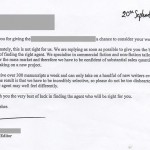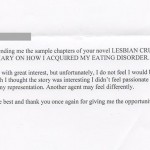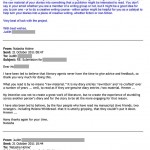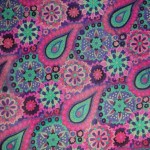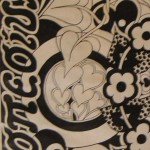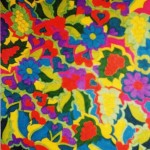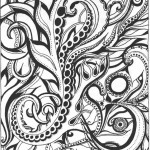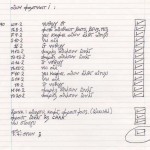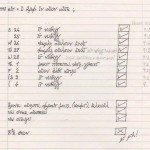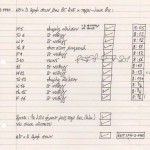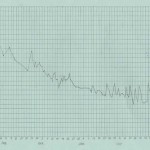Eating disorder facts and statistics
- Beat (www.b-eat.co.uk) is the new name for the former Eating Disorders Association.
- Approximately 1.6 million people in the UK are affected by an eating disorder.Source: b-eat.co.uk/about-beat/media-centre/facts-and-figures
- Of those affected by an eating disorder 89% are female, 11% male.Source: b-eat.co.uk/about-beat/media-centre/facts-and-figures
- It is estimated that of those with eating disorders:
- 10% are anorexic
- 40% are bulimic
- 50% fall into the EDNOS (Eating Disorder Not Otherwise Specified) category
Source: b-eat.co.uk/about-beat/media-centre/facts-and-figures
- Eating disorders affect children as young as six.Source: b-eat.co.uk/about-beat/media-centre/facts-and-figures
- Eating disorders have developed in women in their seventies.Source: b-eat.co.uk/about-beat/media-centre/facts-and-figures
- Anorexia has the highest mortality rate of any psychiatric disorder, from medical complications associated with the illness as well as from suicide.Source: b-eat.co.uk/about-beat/media-centre/facts-and-figures
- 20% of anorexia sufferers will die prematurely from their illness.Source: b-eat.co.uk/about-beat/media-centre/facts-and-figures
- Some eating disorder autobiographies are banned from treatment centres as inpatients use them for learning new tricks. One such book, Marya Hornbacher’s autobiography Wasted, is known as an ‘Eating Disorder Bible.’
- There exist two sub-culture groups, Pro-ana, and Pro-mia, which support eating disorders as a positive lifestyle choice. Ana is derived from ‘anorexia,’ Mia from ‘bulimia.’ Ana and Mia are personifications of the illnesses and are used as code. Those in Pro-ana groups make and wear red beaded bracelets to recognise each other and as a constant reminder not to eat. Those in Pro-mia groups make and wear blue beaded bracelets. It is thought that there are more than 500 Pro-ana and Pro-mia websites. These websites warn visitors to stay out if they do not already have an eating disorder or if they are in recovery. The content of the websites includes tips and tricks, forums and ‘thinspiration’ photo galleries.Source: news.bbc.co.uk/1/hi/health/7259143.stm
- 20% of young women diet either all or most of the time.Source: b-eat.co.uk
- 1.19 million people watched Embarrassing Fat Bodies in the first week of August 2011, the third most watched programme on Channel 4 that week. 2.65 million people watched Supersize Vs Superskinny in the first week of March 2012, the fifth most watched programme on Channel 4 that week.Source: barb.co.uk/report/weekly-top-programmes-overview (The Broadcasters’ Audience Research Board)
- Slimming World is the most popular slimming magazine. In the first half of 2010 their circulation was 302,738.Source: en.wikipedia.org/wiki/List_of_magazines_by_circulation
- Dieting women read beauty and fashion magazines for ‘thinspiration.’
- There is a National Eating Disorders Awareness Week which takes place February/March every year in the UK.
LGBT facts and statistics
- Around 10% of women are wholly or partially attracted to members of the same sex.Source: avert.org/gay-people.htm
- The lesbian (or lesbian tendencies) and eating disorder crossover could amount to around 142,400 women in the UK alone.
- Very little research has been conducted into lesbians’ experiences of eating disorders. Rebecca Jones, PhD Psychology student at the University of the West of England, is addressing this need. Her discoveries so far have revealed the following reasons that lesbians fall into an eating disordered lifestyle:
- a response to the stress and uncertainty of not fulfilling hetero-normative expectations
- to fit into hetero-normative standards of femininity by being slim
- to avoid one’s sexuality by focusing on food
- to defocus people’s attention from one’s sexuality by being ill
- There is a National Coming Out Day celebrated every year on October 12th in the UK and on October 11th everywhere else in the World.
The book facts and statistics
- Samuel Pepys wrote 2,000,000 words. Lesbian diarist Anne Lister wrote 4,000,000 words. I have written 7,000,000 words to date (2013).
- Lesbian Crushes and Bulimia is the first book to present a diary account of living as a lesbian with an eating disorder.
- I have found just one other autobiographical book that combines the subjects of eating disorders and lesbianism. Written by celebrity Portia de Rossi, Unbearable Lightness: A Story of Loss and Gain, published in 2010, is a bestselling memoir about how her fear of coming out lead to her anorexia.
